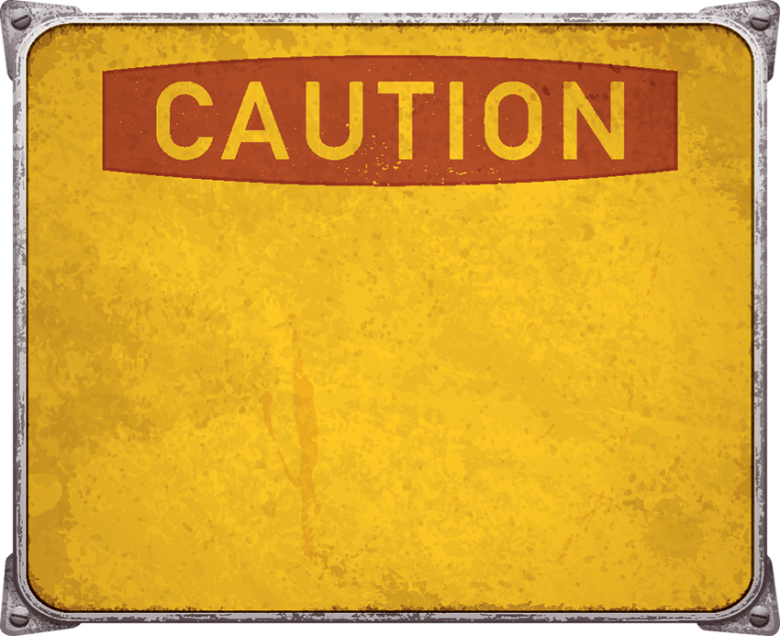Safety posters are a great way to communicate a message and reach a large number of people without actually having to speak to each individual person on a daily basis. They can launch an initiative and help sustain it with timely reminders for things that you may become complacent about and can remind you of other related factors that may affect you while you work.
The use of some posters is mandated to ensure essential messages are going out to employees, like the Employment Standards Poster from the Ontario Ministry of Labour or the OSHA poster Job Safety and Health: It’s the Law! These posters inform employees of their rights under occupational health and safety acts. But if you’re only using required posters then you’re missing out, as safety posters can be an effective resource to get a message across and enhance the overall safety program. Here are some tips to make the most of safety posters in the workplace.
- Location is key. Your poster should be displayed in a relevant area. For example, a hand washing poster should appear near a sink or in the washroom and a PPE poster is best suited at the entrance of where PPE is required to be worn. If the poster is placed in an inappropriate location, the message won’t reach the right people at the right time.
- Places, people, places. In addition to being in a relevant area, a poster also needs to be seen and read. In order to be effective, a poster should appear in a high-traffic area that will allow people to stop and see it. A break room or elevators are two examples of areas with a lot of traffic and that allow people the time to take in the poster.
- Stand-alone. When posters are grouped with a lot of other visual displays or if they are left up for too long they lose their effectiveness. A wall of “clutter” often gets overlooked, and anything that’s seen every day blends into the background. It’s a good idea to change your posters at least once a month to keep the messages fresh and to avoid complacency.
- Keep it simple. Don’t put too much text on the poster, as more text means fewer people will read it all. A poster needs to get the message across as succinctly as possible. Photographs or symbols are a great way of conveying your safety message without having to write it out.
- Tie it all in. Posters have a purpose. Whether it’s a reminder of practices that need to be followed, a reiteration of a recent safety talk, or part of a communication kit that reinforces a safety initiative, posters are a way to trigger a message that has already been delivered. It’s also important to know the audience for the poster to determine the tone of the poster (sometimes humor is not appropriate for certain safety topics) and what will get their attention.
Choose and place your posters wisely—more is not always better. Just like any communication you need to focus on what’s most important to your audience and then think about when, where and how to most effectively deliver your message to them.
And don’t settle for standard mass-produced posters if they don’t quite fit your message, audience or culture. With the availability of digital print shops, you should be able to afford customized posters that will maximize the effectiveness. One really good poster will benefit you far more than a dozen mediocre ones.

